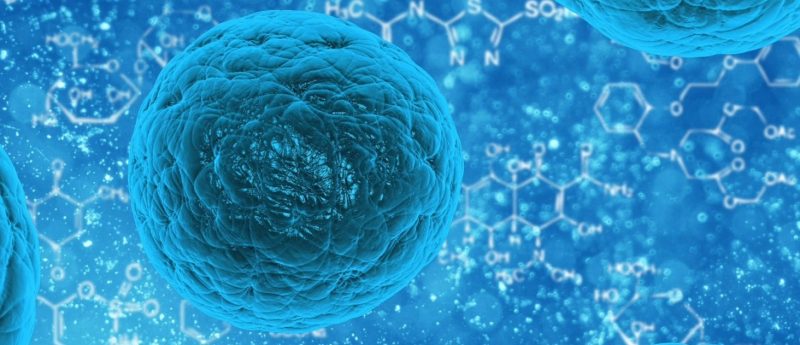Novel stem cell capable of differentiating into any tissue discovered

Scientists at the Salk Institute (CA, USA) have discovered a new type of pluripotent stem cell, with implications for human development modeling and regenerative medicine therapies
When attempting to graft human pluripotent stem cells into mouse embryos, Prof Juan Carlos Izpisua Belmonte and colleagues at the Salk Institute for Biological Studies (CA, USA) discovered a type of pluripotent cell previously unknown.
Naming them region-selective pluripotent stem cells (rsPSCs), the team found them to grow faster and also more stably than the other two types of pluripotent cells known to exist, making them more suitable for large-scale production and gene editing, and therefore offering potential for cell replacement therapies.
Izpisua Belmonte, the senior author of the Nature paper in which this discovery was published, stated: “The region-specific cells we found could provide tremendous advantages in the laboratory to study development, evolution and disease, and may offer avenues for generating novel therapies.”
The Salk scientists developed a combination of chemical signals that directed human stem cells to become spatially oriented within their culture dishes. These cells were then placed into specific regions of partially dissected murine embryos, and cultured for 36 h. The same was carried out with human stem cells cultured using conventional methods for comparison: the human rsPSCs began to develop into the three germ layers of early development, whereas the conventionally cultured human cells failed to integrate.
Izpisua Belmonte and his colleagues were able to use DNA-cutting enzymes to edit the genomes of the region-selective stem cells easily — something that had proven difficult in the other types of pluripotent cells grown in vitro. In theory, this gene editing could be used to help optimize human cells’ ability to grow within another species, in order to create animals with human organs. However, although he stated it could be possible, Paul Tesar, a developmental biologist at Case Western Reserve University (OH, USA), said this would probably be difficult to achieve. Moreover, the ethical concerns over creating viable human—animal hybrids would need to be addressed.
Sources: Wu J et al. An alternative pluripotent state confers interspecies chimaeric competency. Nature doi: 10.1038/nature14413 (2015); http://www.nature.com/news/scientists-stumble-across-unknown-stem-cell-type-1.17496; http://www.salk.edu/news/pressrelease_details.php?press_id=2078
Poster image courtesy of Pixabay.